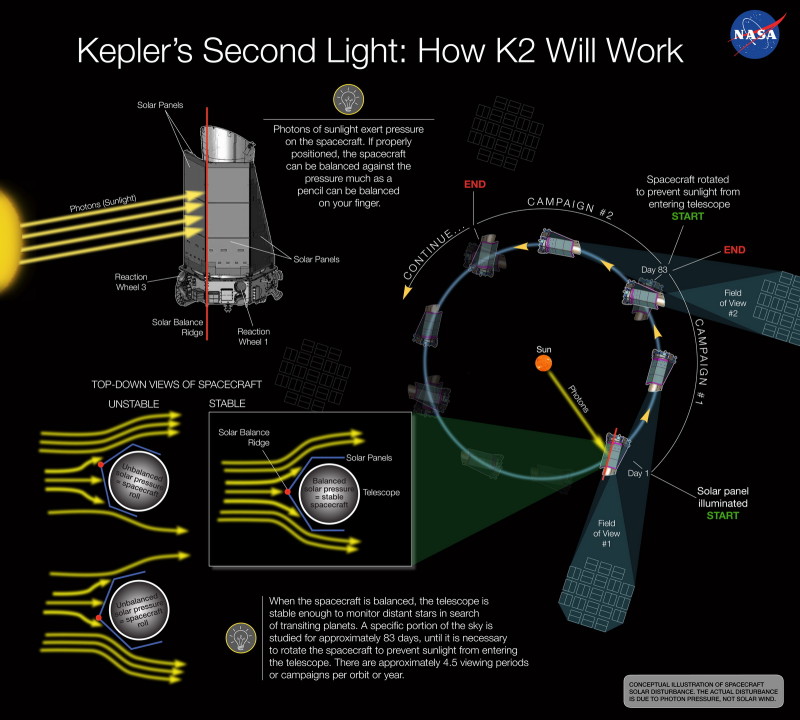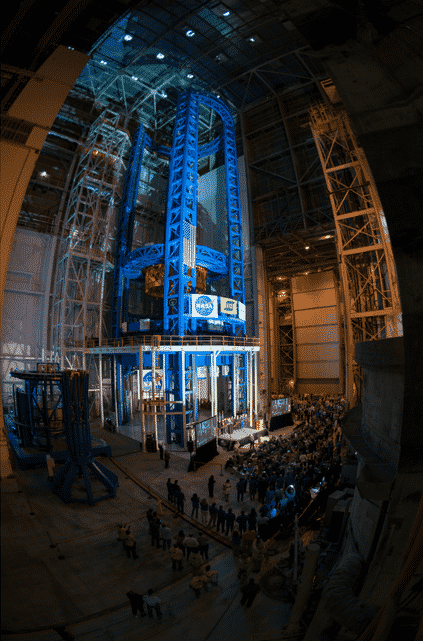NASA recently announced that the Kepler probe it had sent out into the space back in 2009 could no longer work as it should. So an ingenious plan was devised to make some changes to the probe and keep it at its work.
The purpose of the Kepler probe was to search other Earth-like planets orbiting different stars. To accomplish this, the probe had to focus on a specific cluster of stars for a definite set of time before any useful data could be gathered. The current problem with the probe is that out of its three reaction wheels, one is no longer functional.
All three wheels are needed to help the telescope focus on a specific spot for the required duration. Now that the third reaction wheel is down, the telescope can’t focus on the spot long enough and so, the entire probe is essentially useless. A new plan has now been devised by NASA to resurrect the probe by implementing an extra-ordinary scheme.
The plan includes using the solar panels of the probe as the third reaction wheel. The reaction wheel essentially furnishes a certain amount of momentum to control the probe’s orientation. Scientists at NASA believe that at a specific direction, the solar panels will face the Sun so that the photons striking them will exert a constant, even force. This force will, in turn, be used as the momentum required, replacing the function of the actual third reaction wheel.
Although this is an excellent plan, it puts several limitations on the Kepler probe. For a start, the probe will no longer be as sensitive as it formerly was and there will be periods when it won’t be able to gather any useful data. However, the advantages of the plan is that the probe will continue to operate and will help us gather valuable data about our own galaxy.
Courtesy: Arstechnica
[ttjad keyword=”best-tablet”]



